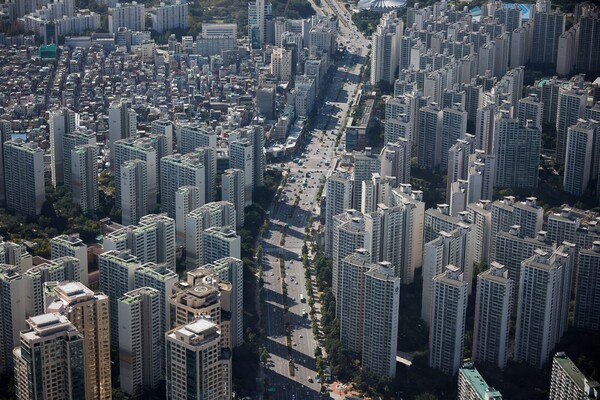The Growing Wealth Gap in South Korea
South Korea is grappling with a widening wealth gap, with recent data revealing a stark contrast in net assets between the wealthiest and poorest households. According to the Household Financial Welfare Survey by Statistics Korea, the share of net assets held by the top 10% of households has risen significantly from 41.8% in 2017 to 43.5% in 2023. In contrast, the net assets of the bottom 10% have remained around -0.2%, showing little change and underscoring the persistent economic disparity.

The average net assets of the top 10% have surged from 1.24 billion won in 2012 to 1.89 billion won last year, a 1.5-fold increase. Meanwhile, the bottom 10% have only slightly reduced their deficit from -10.15 million won to -7.28 million won over the same period. Real estate has been identified as the primary driver of this asset gap, accounting for 71.5% of total household assets in 2023.
The disparity is further highlighted by trends in the real estate market. From 2012 to 2016, nationwide apartment prices rose by 9.2%, while Seoul's Gangnam district saw a 6.9% increase. However, from 2017 to 2022, nationwide prices rose by 32.8%, with Gangnam district surging by 56.9%. Even when housing prices fell last year, Gangnam decreased by -2%, showing a larger decline.
Experts believe that the direction of real estate and capital market policies will ultimately determine the course of asset polarization. The Yoon Suk-yeol administration has identified resolving polarization as a key national agenda, reflecting the urgent need for policies that promote a more equitable distribution of wealth.








Comments